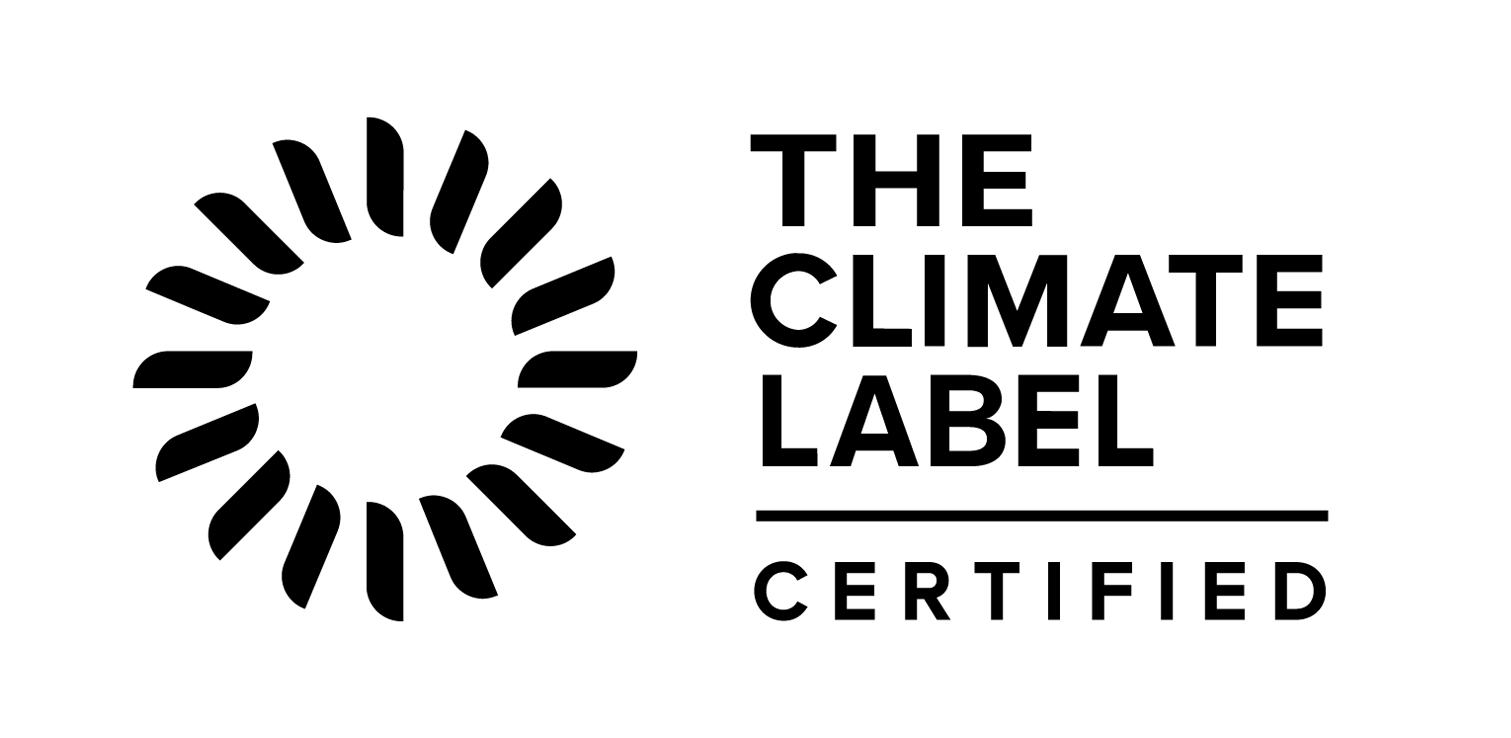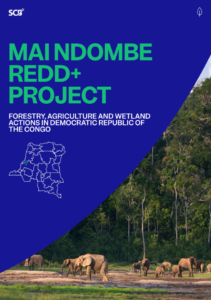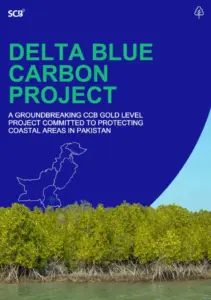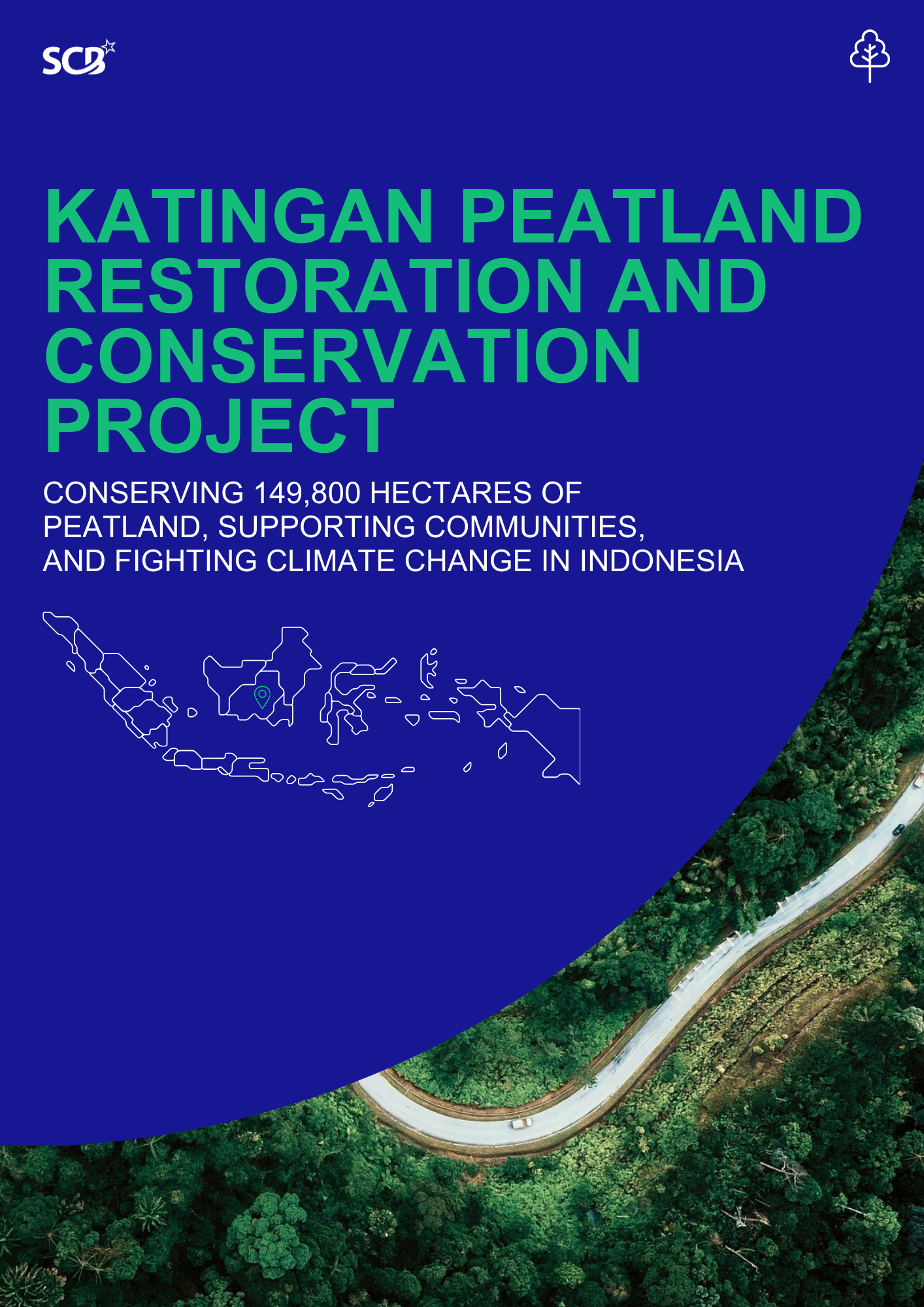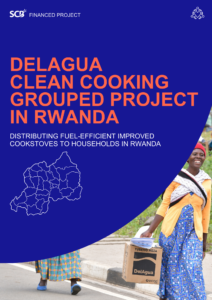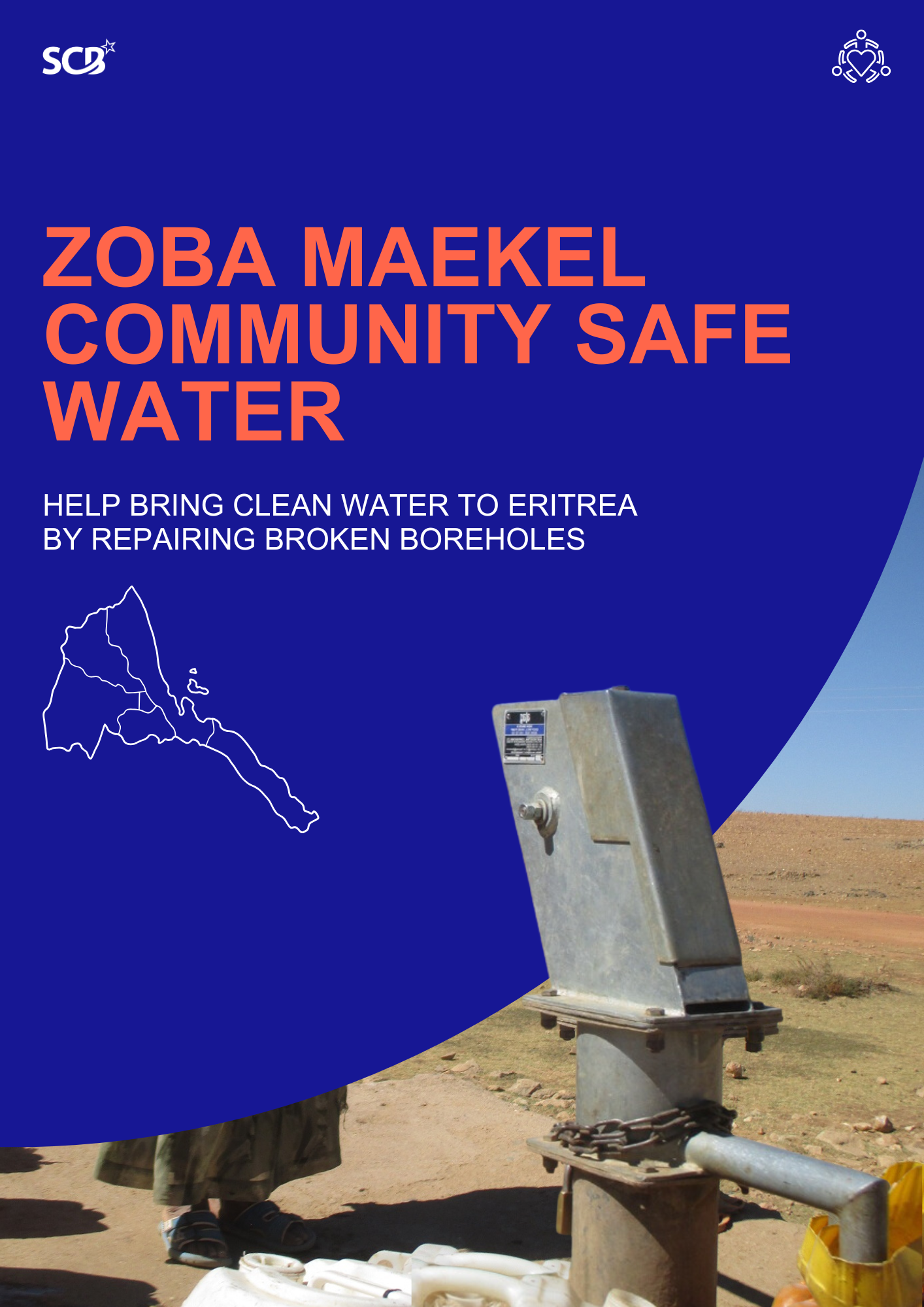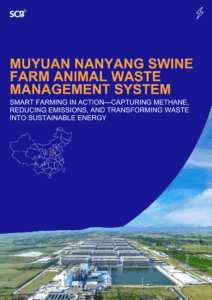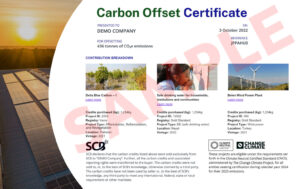SCB’s Carbon Compensation Platform
Supporting Climate Label Certified Brands with a Diverse Portfolio of High-Impact Climate Mitigation Projects
Use this page to buy eligible carbon credits.
All carbon credits offered here are eligible under the requirements set forth in the Climate Label Certified Standard, administered by the Change Climate Project, for all entities seeking certification during calendar year 2025 for their 2024 emissions.
We are excited to play a part in building the corporate and consumer movement for high impact corporate climate initiatives as an important way to achieve a net-zero future, and we value the Climate Label Certified Standard because it provides much needed accountability and standardization to corporate actions.
Compensating for residual emissions is simple

SELECT PORTFOLIO
Choose from a range of impactful climate action project portfolios

PAY
Complete your payment quickly and securely. If you need more than 999 tCO2e contact us directly here

RECEIVE CERTIFICATE
Receive a personalized retirement certificate via email which has all the required information for your Climate Label Certified submission
Any questions – you can contact us here
In just three easy steps, contribute to global climate progress and meet your own climate and certification goals with confidence.
Choose from the following Portfolios:
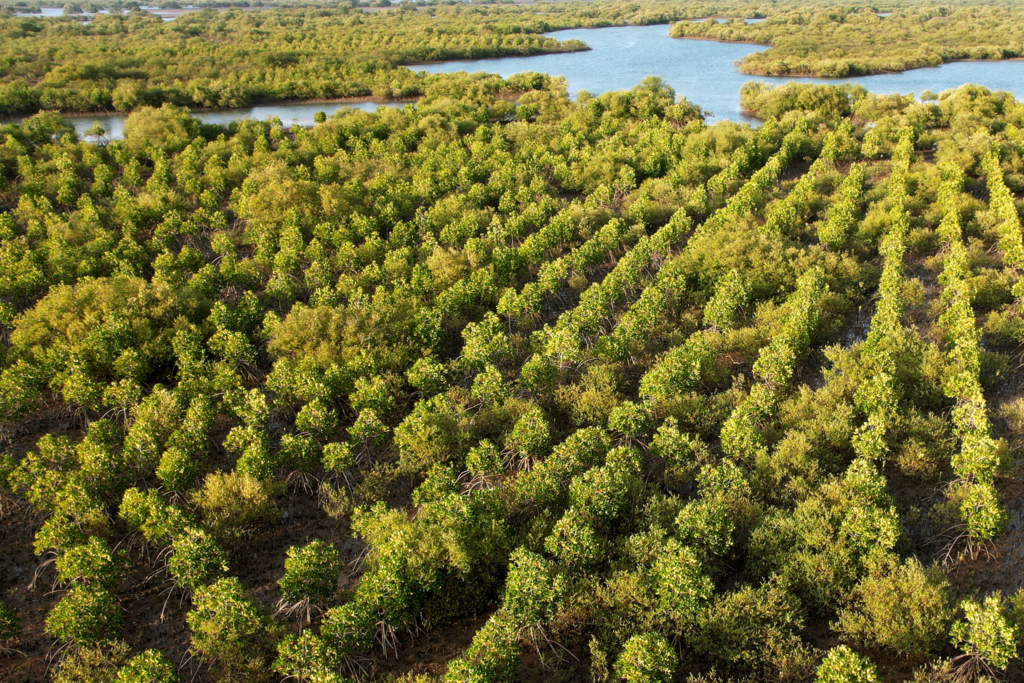
Nature Based SCB
This portfolio includes nature-based climate solutions such as REDD+ and afforestation projects, focusing on forest conservation, reforestation, and carbon sequestration. These initiatives enhance biodiversity, strengthen climate resilience, and provide socio-economic benefits to local communities.

Community Based SCB
This portfolio supports clean cooking and safe water projects, improving household energy efficiency, reducing emissions, and enhancing access to clean water. These initiatives promote better health, sustainability, and climate resilience by lowering firewood dependence, improving air quality, and ensuring safe drinking water for communities.
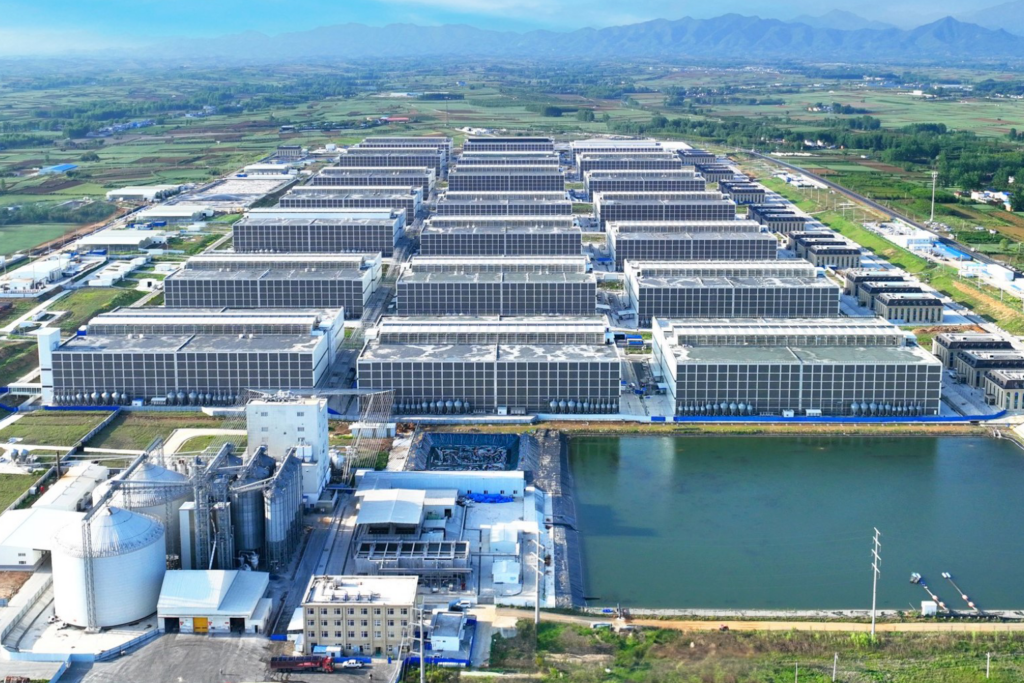
Industrial Emissions Reduction SCB
This portfolio focuses on industrial emissions reduction through waste management, gas capture, and N₂O abatement projects. These initiatives help mitigate greenhouse gas emissions from industrial processes, improving air quality and supporting sustainable waste solutions.
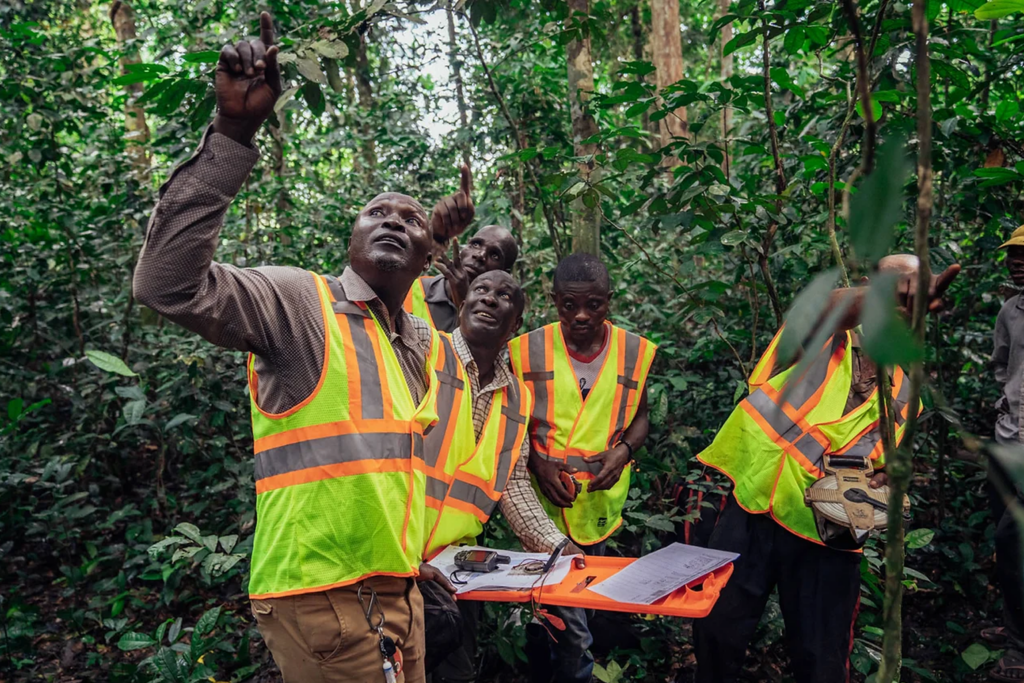
Diversified Portfolio Selection SCB
Our diversified portfolio spans three core areas of climate action: nature-based, community-based, and industrial emissions reduction projects. These include forest protection and afforestation efforts, community-led initiatives like clean cooking and water access, and industrial solutions such as waste management, gas capture, and N₂O abatement—each driving measurable impact for people and the planet.
What Projects will you support?
Climate Label Vintage Eligibility
All listed projects meet the vintage year requirements set by the Climate Label Certification Standard. Forestry and land-use projects include only carbon credits with vintages from 2018 to 2024. All other project types include credits with vintages from 2021 to 2024. This ensures full alignment with the Change Climate eligibility criteria.
After Purchase
Retirement Certificate for Submission to the Change Climate Project
Frequently Asked Questions
Who is SCB?
At SCB Environmental Markets SA (SCB), we take pride in being a global pioneer in low-carbon environmental commodities. For over 17 years, we have led the carbon markets, offering tailored climate solutions that empower organizations to meet their sustainability objectives with trust and transparency. As a certified B Corp and ISO14001 company, we are committed to the highest standards of environmental responsibility. SCB delivers a full suite of in-house services, including sustainability consulting, GHG accounting, emissions compensation, Energy Attribute Certificates, and our innovative CarbonAI platform. This holistic approach ensures that we guide our clients through every stage of their sustainability journey, providing comprehensive and integrated support. Our unwavering commitment to high-quality climate mitigation projects is reflected in our stringent selection process. By carefully evaluating each project, we guarantee meaningful environmental impact, offering our clients dependable and effective solutions to meet their climate targets.
What is B Corp?
A B Corp (Benefit Corporation) is a certification awarded to for-profit companies that meet rigorous standards of social and environmental performance, accountability, and transparency. B Corps are dedicated to balancing profit with purpose, working to create positive impacts for employees, communities, customers, and the environment. Certified by the nonprofit B Lab, companies must undergo a thorough assessment to prove their commitment to sustainability, ethical governance, and social responsibility. B Corp certification is a trusted symbol of integrity, signifying that a company is using business as a force for good while upholding high operational standards. SCB’s B Corp certification affirms to our stakeholders that we are accountable, transparent, and constantly working to make a meaningful, positive impact through responsible and sustainable business practices.
What are carbon emissions?
Carbon emissions refer to the release of carbon dioxide (CO₂) and other greenhouse gases (GHGs) into the atmosphere, primarily as a result of human activities such as burning fossil fuels (like coal, oil, and natural gas), deforestation, and industrial processes. These emissions contribute to the greenhouse effect, where gases trap heat in the Earth’s atmosphere, leading to global warming and climate change. While CO₂ is the most prevalent greenhouse gas, other gases like methane (CH₄) and nitrous oxide (N₂O) are also significant contributors. Reducing carbon emissions is a critical step in mitigating climate change and achieving sustainability goals.
What are carbon credits?
Carbon credits are tradable certificates that represent the reduction or removal of one metric ton of carbon dioxide (CO₂) or its equivalent in other greenhouse gases. They are used in market-based systems to help organizations compensate their emissions by supporting projects that either avoid or remove carbon from the atmosphere. There are two main types of carbon credits:
- Avoidance credits: These are generated by projects that prevent emissions from occurring in the first place, such as community-based clean cookstove projects that replace traditional open-fire cooking. These reduce CO₂ emissions by using fuel more efficiently and help prevent deforestation by decreasing the demand for firewood.
- Removal credits: These come from projects that actively remove carbon from the atmosphere, like reforestation or carbon capture and storage technologies.
Once a climate project is developed, monitored, verified, and certified as a legitimate climate mitigation project by recognized standards, carbon credits can be issued and sold. These certifications ensure the integrity and effectiveness of the project. Through the process of emissions compensation, companies can purchase these verified carbon credits to balance their emissions by supporting environmental projects, helping them reduce their overall carbon footprint and contribute to global climate action.
What is emissions compensation?
Emissions compensation is the practice of balancing out greenhouse gas (GHG) emissions by funding projects that either reduce or remove an equivalent amount of emissions from the atmosphere. This process allows organizations or individuals to compensate for their carbon footprint while supporting global sustainability efforts. The emissions compensation process typically involves the following steps:
- Calculating the GHG inventory: The first step is to assess and calculate the total greenhouse gas emissions produced by an organization or activity. This GHG inventory typically includes emissions from energy use, transportation, manufacturing, and other business operations.
- Reducing emissions where possible: Before compensating, companies are encouraged to reduce their emissions as much as possible through energy efficiency, adopting renewable energy, and other sustainability measures.
- Compensating for remaining emissions: Once emissions are reduced, the remaining unavoidable emissions can be compensate by purchasing carbon credits. These credits are generated by verified projects that avoid or remove carbon, such as reforestation, renewable energy, or carbon capture initiatives.
- Supporting certified projects: To ensure credibility, climate mitigation projects must be verified and certified by recognized industry standards. Purchasing credits from these projects allows organizations to compensate for their emissions while contributing to global climate solutions.
Through this process, emissions compensation helps companies and individuals achieve their sustainability targets by supporting verified projects that reduce or remove greenhouse gases.
How does emissions compensation complement reduction?
Emissions compensation complements emission reduction by addressing unavoidable emissions. While the primary focus is on reducing emissions through energy efficiency, renewable energy, and improved processes, certain emissions may still remain. Emission compensation allows organizations to compensate for these residual emissions by supporting projects that reduce or remove carbon elsewhere. Together, reduction and compensation create a balanced approach to achieving sustainability goals and minimizing climate impact. Addressing the climate crisis requires immediate action. High-integrity emissions compensation is a valuable tool in sustainability strategies, providing a way to manage unavoidable emissions while long-term reduction efforts continue.
What is the role of carbon projects in safeguarding nature and biodiversity?
Carbon projects play a crucial role in safeguarding nature and biodiversity by directly addressing climate change and supporting ecosystems that are vital for both carbon sequestration and biodiversity conservation. These projects aim to reduce or remove greenhouse gas emissions through various methods such as reforestation, afforestation, sustainable land management, and conservation of forests and other carbon-rich ecosystems.
What do carbon projects mean for communities in the Global South?
Carbon projects offer significant benefits to communities in the Global South by creating economic opportunities, improving environmental resilience, and promoting sustainable development. These projects provide jobs and income through reforestation, sustainable agriculture, and the sale of carbon credits, helping communities move away from harmful environmental practices. By restoring ecosystems, carbon projects enhance soil quality, water retention, and agricultural productivity while also building resilience to climate change impacts like floods and droughts. Additionally, carbon projects empower communities by involving them in decision- making and providing training in sustainable land management. They often integrate traditional knowledge, preserving cultural practices while promoting conservation. By protecting forests and ecosystems, these projects ensure the long-term availability of natural resources and support biodiversity. On a global scale, carbon projects connect communities to carbon markets, attracting investment and promoting social equity by ensuring the fair distribution of benefits. Ultimately, carbon projects provide a sustainable pathway for economic growth, environmental protection, and climate resilience in the Global South.
Why should you purchase carbon credits?
Purchasing carbon credits allows individuals or organizations to compensate their carbon footprint by supporting projects that reduce or remove greenhouse gas emissions. This helps mitigate the environmental impact of activities like travel, energy consumption, or manufacturing, contributing to global climate action. Additionally, buying carbon credits can grant companies environmental certifications, such as the Climate Label Certified Standard, which requires businesses to engage in carbon compensation. These certifications enhance corporate reputation, demonstrating a commitment to sustainability and aligning with eco- conscious values.
Where does the money go?
When organizations or individuals purchase carbon credits to compensate their emissions, the money typically goes toward funding carbon reduction or removal projects. These projects can vary widely in scope and focus, but the funds generally support:
- Project development and operation: A significant portion of the money goes toward the ongoing costs of developing, managing, and maintaining the climate mitigation projects. This includes building and operating renewable energy installations, managing reforestation efforts, or running carbon capture and storage technologies.
- Monitoring and verification: Climate mitigation projects need to be rigorously monitored and verified to ensure that the promised emission reductions or removals are being achieved. Funds contribute to these verification processes, which are carried out by independent third parties to ensure the integrity and transparency of the project.
- Local communities and environmental benefits: Many projects also directly benefit local communities by providing jobs, improving infrastructure, and promoting sustainable development. For example, reforestation projects can create employment opportunities, while renewable energy projects can improve access to clean energy in rural areas.
- Project expansion and scaling: In many cases, the funds help expand the project’s scope, allowing it to scale up and create greater environmental impact over time. This can involve expanding the geographical area for reforestation or building more renewable energy capacity.
By purchasing carbon credits, the money helps sustain and grow these carbon mitigation initiatives, ensuring that they continue to provide long-term environmental and social benefits.
How do I know the climate project is trustworthy?
At SCB, we are committed to ensuring that emissions compensation is both transparent and impactful. Our strict selection criteria prioritize high-integrity carbon credits, which are chosen based on rigorous evidence-based monitoring, evaluation, third-party verification, and certification by recognized registries. Each project we support not only addresses climate change but often contributes to broader social and environmental benefits, including poverty reduction, improved health, skills development, ecosystem protection, and biodiversity conservation. Through our partnership with Carbon Click, SCB offers a fully transparent emissions compensation scheme that allows you to trace every transaction directly to the projects it supports. You will have full access to retirement certificates for each kilogram of CO₂ compensate, providing tangible proof of your contribution. These certificates, along with comprehensive details about each project, are readily available on purchase confirmation pages and our website, ensuring total transparency and building trust in every step of the process.
What is SCB strict selection criteria?
SCB is deeply committed to selecting high-quality climate mitigation projects that deliver real, measurable impact. Each project undergoes a rigorous evaluation process, where we apply ten key criteria during the Project Design Document (PDD) review to ensure the highest standards of integrity and performance. By focusing on projects that align with your sustainability goals, we ensure that your investment results in meaningful reductions in greenhouse gas emissions. Additionally, we guarantee that all projects featured on this platform comply with the Climate Label Certified Standard’s compensation requirements, providing you with confidence in both the value and credibility of your emissions compensation efforts.
- Additionality: A key criterion for maintaining the environmental integrity of a carbon project. It ensures that emission reductions or removals would only have occurred with the financial support generated by carbon credits.
- Permanence: The carbon savings from the project must be durable and long- lasting, ensuring that the benefits are sustained over time.
- Measurability: The project must use reliable and precise methods to accurately quantify the reduction or sequestration of greenhouse gases.
- Verification and Certification: Independent third-party verification and certification are necessary to confirm that the project meets established standards and achieves its stated environmental goals.
- Avoidance of Leakage: The project must demonstrate that it has effective measures in place to prevent emission reductions in one area from causing increased emissions elsewhere.
- Baseline Setting: A baseline must be established, representing the emissions that would have occurred without the project, to serve as a benchmark for comparing actual reductions.
- Transparency and Reporting: The project must transparently report its results, ensuring that each ton of CO2 reduced is counted only once.
- Co-Benefits: The project should contribute to the UN Sustainable Development Goals (SDGs) and deliver additional benefits beyond greenhouse gas reduction.
- Do No Harm: The project must avoid causing any negative impacts, ensuring no harm to local communities or ecosystems.
- Legal and Regulatory Compliance: The project must adhere to all relevant local, national, and international laws and regulations.
What is the Climate Label Certified Standard?
The Climate Label Certified Standard is a rigorous certification process that holds companies accountable for their greenhouse gas (GHG) emissions. To earn this certification, companies must annually measure their full cradle-to-customer emissions, implement action plans to reduce them and compensate for any remaining emissions by investing in high-quality, verified carbon credits. This standard ensures that certified companies take concrete, immediate steps to mitigate their carbon footprint, demonstrating transparency and commitment to climate action. By following this three-step process—measurement, reduction, and compensation—companies can credibly claim that they are addressing their impact on climate change. SCB supports your carbon compensation efforts by offering high-impact, beyond value chain mitigation projects that align with the Climate Label Certified Standard’s compensation requirements. We ensure these projects meet all necessary criteria and provide complete documentation for seamless submission, helping you meet certification standards while delivering measurable climate benefits.
What is CarbonAI?
CarbonAI, developed by SCB Environmental Markets SA, is a cutting-edge AI platform designed for sustainability professionals. Powered by nearly two decades of SCB’s proprietary data, CarbonAI offers customized guidance on regulations, competitor strategies, carbon footprint reduction, and cost-effective decarbonization. It provides real-time insights into the supply and demand of carbon credits, along with up-to-date carbon pricing and access to retirement histories for competitive benchmarking. With expertise in climate mitigation projects and real-time market data, CarbonAI equips sustainability leaders to make informed decisions and drive impactful change. Adaptable to an ever-evolving landscape, CarbonAI empowers organizations to stay ahead of regulatory shifts and lead the transition to a low-carbon future. Discover how CarbonAI can transform your sustainability strategy at CarbonAI.eco

